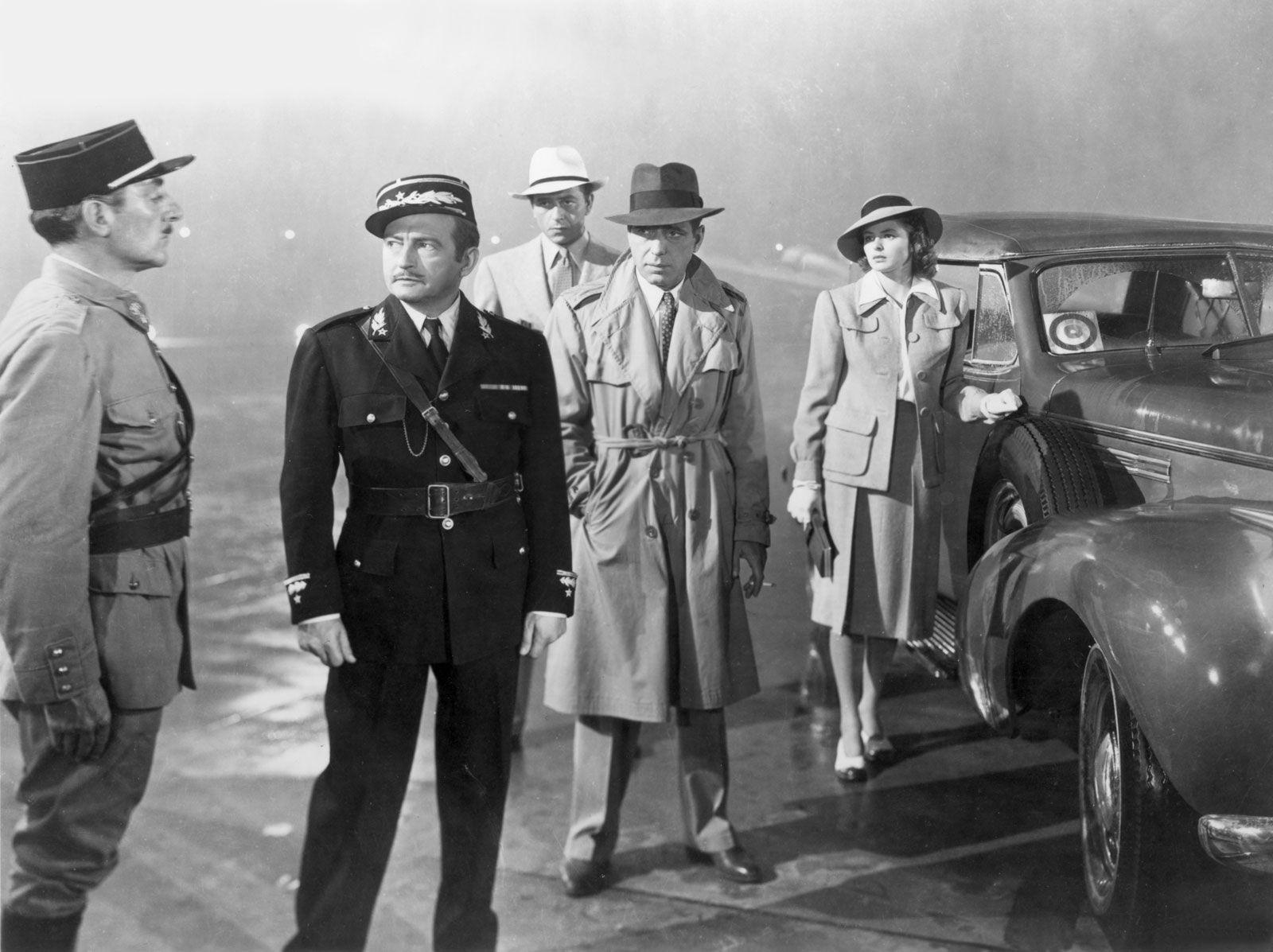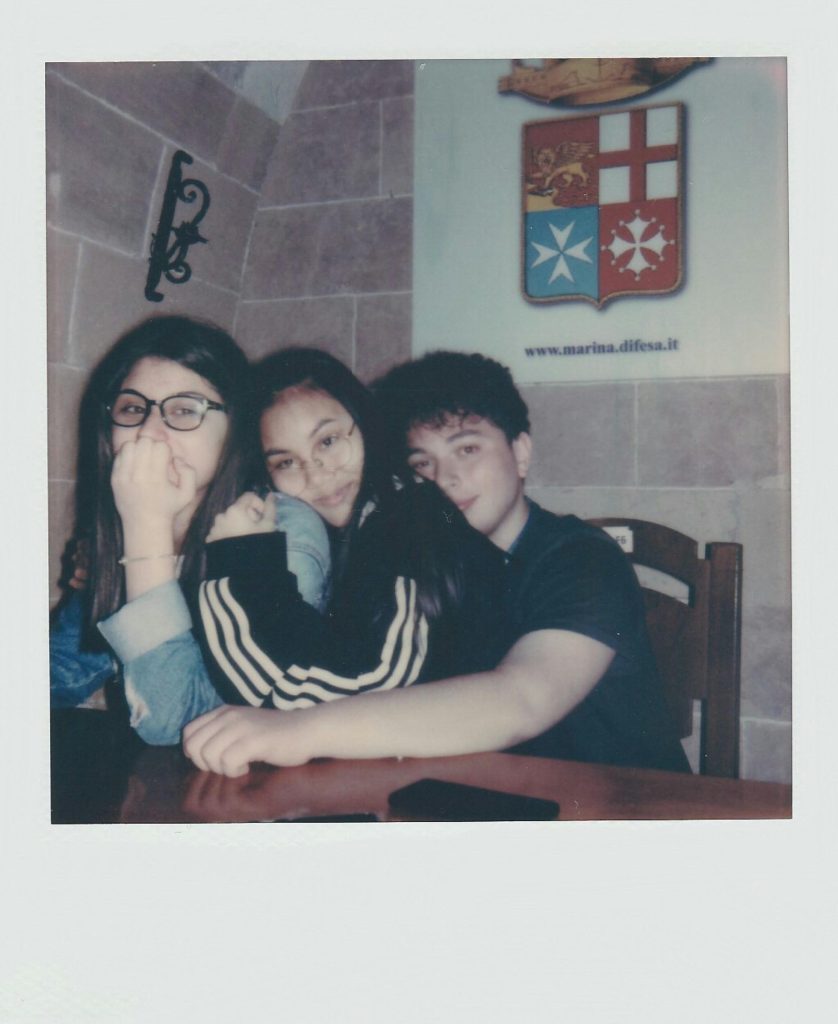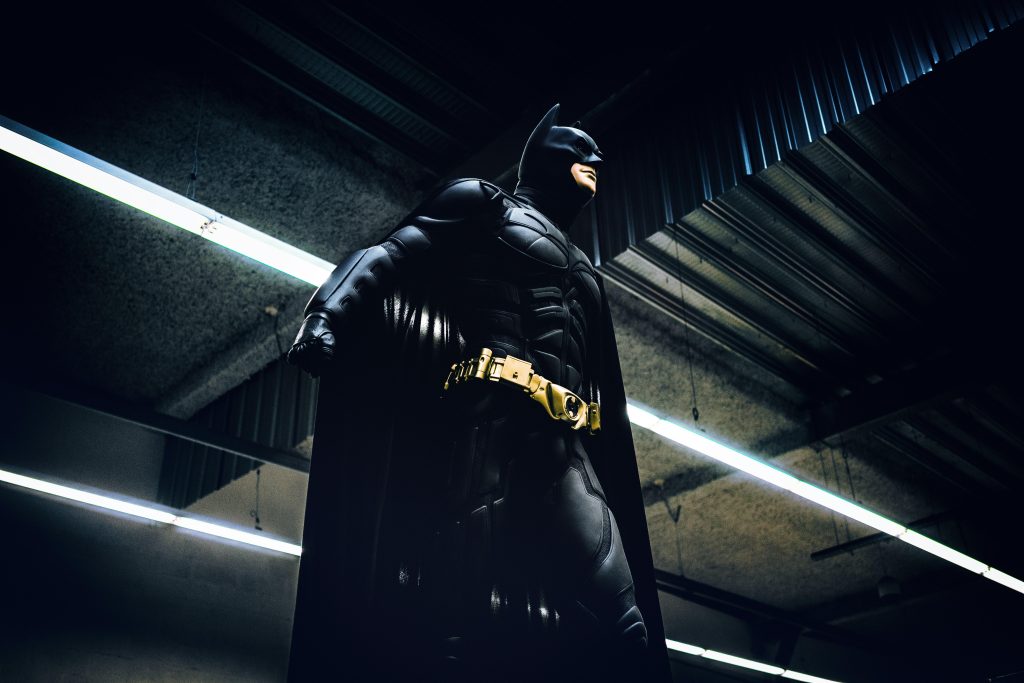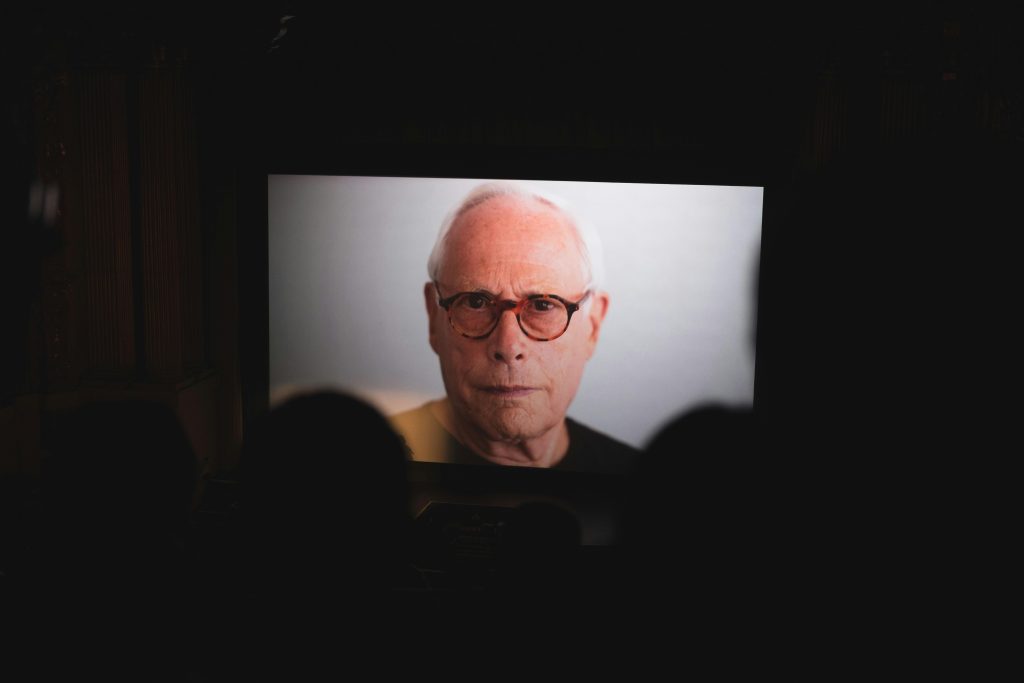In the flickering glow of a black-and-white screen, where shadows and light dance in perfect harmony, lies a cinematic gem that has withstood the test of time—Casablanca. Released over eight decades ago, this timeless classic continues to captivate audiences with its blend of romance, intrigue, and moral complexity. But what is it about Casablanca that keeps it shimmering in the pantheon of great films, long after its contemporaries have faded into obscurity? As we delve into the enduring allure of this masterpiece, we find that its magic lies not only in its unforgettable lines and iconic performances but also in its ability to reflect the universal themes of love, sacrifice, and resilience. Join us on a journey of rediscovery, as we explore why Casablanca still holds a special place in the hearts of cinephiles around the world.
Timeless Themes and Modern Resonance
Casablanca’s enduring appeal lies in its masterful weaving of themes that transcend time and place, touching on the core of human experience. Love and sacrifice, set against the backdrop of war, offer a poignant exploration of personal duty versus desire. The film’s protagonists, Rick and Ilsa, grapple with choices that resonate deeply, posing questions about what we owe to ourselves and others. These themes echo through the ages, reminding viewers of the complex dance between heart and responsibility, a dance as relevant today as it was in the 1940s.
- Identity and Redemption: Rick’s journey from a cynical expatriate to a man of principle mirrors our own quests for meaning and integrity.
- Power and Resistance: The film’s political undercurrents highlight the timeless struggle against oppression, with a setting that serves as a microcosm of a world on the brink of change.
- Hope and Resilience: Amidst the uncertainty, Casablanca offers a narrative of hope, reflecting humanity’s enduring spirit and the belief in a better tomorrow.
These elements, artfully intertwined, allow Casablanca to maintain its modern resonance, inviting each new generation to find relevance in its ageless story.

Iconic Performances That Transcend Time
In the world of cinema, certain performances have a magical ability to resonate across generations, capturing the essence of their era while remaining timeless. Casablanca, released in 1942, is a shining example of this phenomenon. The film’s iconic performances by Humphrey Bogart and Ingrid Bergman continue to captivate audiences, blending a perfect mix of romance, intrigue, and moral dilemmas. Their portrayal of Rick Blaine and Ilsa Lund creates a palpable chemistry that draws viewers into their world of love and sacrifice. It’s this dynamic that has made the film a perpetual favorite and a benchmark for cinematic excellence.
- Memorable Dialogue: Lines like “Here’s looking at you, kid” and “We’ll always have Paris” have become part of popular culture, resonating with audiences long after the credits roll.
- Enduring Themes: The film explores universal themes of love, loyalty, and redemption, which continue to strike a chord with audiences today.
- Evocative Setting: The atmospheric backdrop of war-torn Casablanca adds layers of tension and allure, making the story even more compelling.
With its masterful blend of narrative and performance, Casablanca remains a testament to the power of cinema to transcend time, offering viewers an experience that is as fresh and engaging now as it was over eighty years ago.

Cinematic Techniques That Set the Standard
When examining the magic of Casablanca, one cannot overlook the innovative cinematic techniques that continue to influence filmmakers today. The film’s use of lighting is particularly noteworthy. Low-key lighting creates dramatic contrasts, casting shadows that reflect the moral ambiguities faced by the characters. This technique not only enhances the visual appeal but also deepens the narrative complexity. In contrast, the use of soft focus on Ingrid Bergman’s character, Ilsa Lund, imbues her with an ethereal quality, encapsulating the romantic essence of the film.
- Montage Sequences: Skillfully crafted montages compress time and convey Rick and Ilsa’s poignant past, using visual storytelling to evoke emotional depth without relying heavily on dialogue.
- Camera Angles: Strategic angles heighten tension and character dynamics. The subtle shift from eye-level to high-angle shots emphasizes Rick’s transformation from a cynical bar owner to a selfless hero.
- Diegetic Sound: The recurring theme of “As Time Goes By” seamlessly weaves through the narrative, acting as an auditory motif that anchors key emotional beats and connects past and present.
These techniques set a benchmark in cinematic storytelling, showcasing how visual and auditory elements can be orchestrated to create a timeless masterpiece. Casablanca remains a testament to the power of film as an art form, illustrating how technical precision and creative innovation can merge to leave an indelible mark on audiences worldwide.
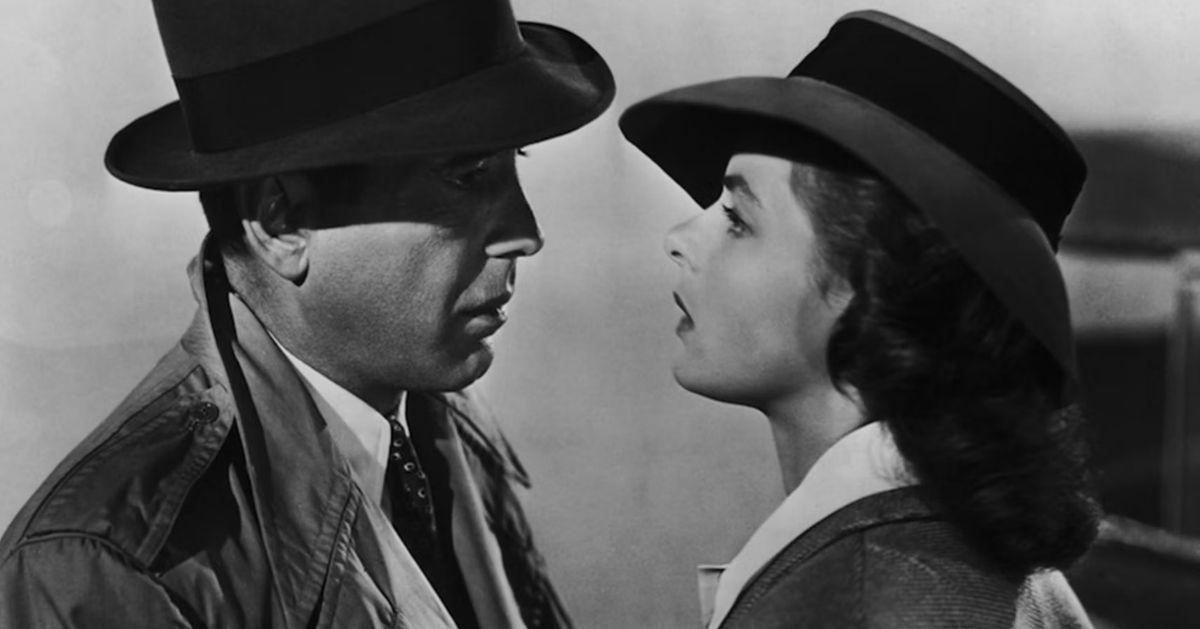
Exploring Casablancas Enduring Cultural Impact
Casablanca, a cinematic gem from 1942, continues to captivate audiences with its timeless themes and unforgettable characters. Its enduring cultural impact is evident in how it has shaped the portrayal of romance and heroism in modern cinema. The film’s iconic lines and memorable scenes have transcended generations, becoming part of the cultural lexicon. From the smoky ambiance of Rick’s Café Américain to the dramatic farewell at the airport, Casablanca has set a standard for storytelling that few films have matched.
- Iconic Dialogue: Lines like “Here’s looking at you, kid” and “We’ll always have Paris” have become cultural touchstones, often quoted in various contexts.
- Influence on Modern Cinema: Filmmakers frequently draw inspiration from Casablanca’s narrative structure and character development, ensuring its legacy endures.
- Symbol of Timeless Romance: The film’s portrayal of love and sacrifice continues to resonate, influencing romantic narratives across different media.

